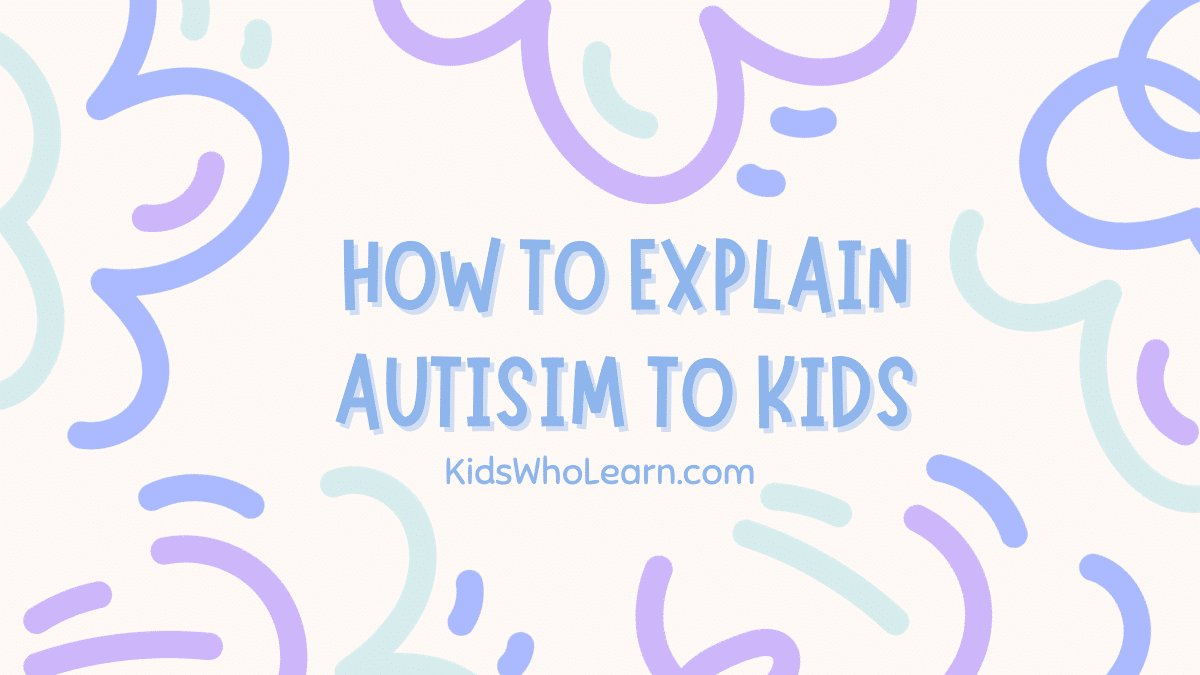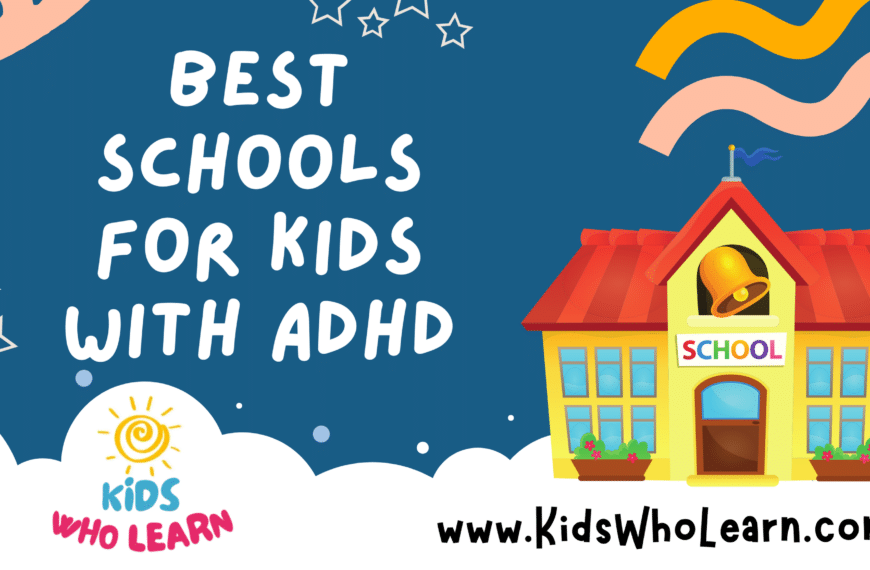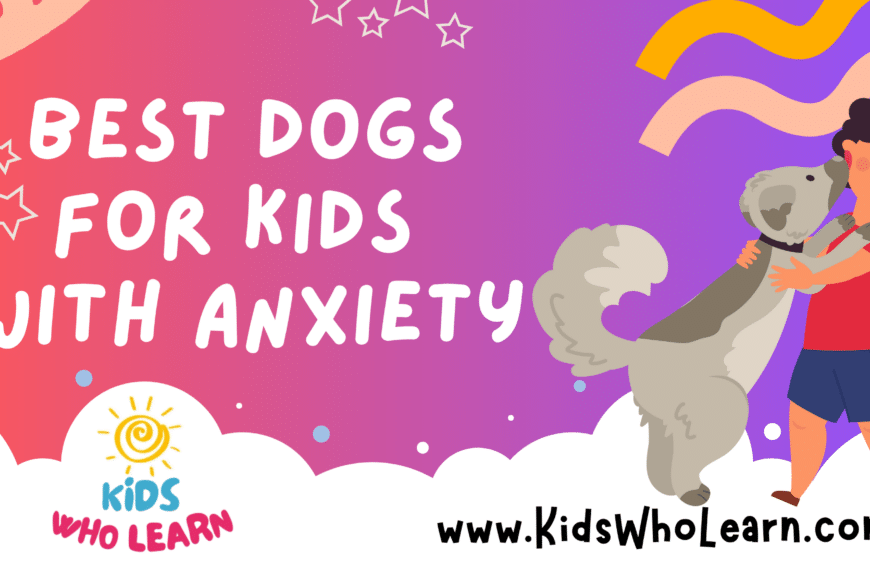If you are a parent or caregiver of a child with autism, you may find yourself struggling to explain the condition to them in an age-appropriate way. It can be challenging to know where to start, what to say, and how to answer their questions. But with the right approach, you can help your child understand autism and promote empathy and understanding towards others who may be different from them.
Understanding autism is the first step in explaining it to kids. Autism, or autism spectrum disorder (ASD), is a neurological condition that affects how a person communicates, interacts with others, and processes sensory information. It’s a spectrum disorder, which means that it affects people in different ways and to different degrees. Some people with autism may have difficulty with social skills, while others may struggle with sensory processing or communication. By understanding what autism is and how it affects people, you can better explain it to your child.
Key Takeaways
- Understanding autism is the first step in explaining it to kids.
- Use age-appropriate language and examples to explain autism to your child.
- Address misconceptions and promote empathy and understanding towards people with autism.
Understanding Autism
What is Autism?
Autism, or Autism Spectrum Disorder (ASD), is a neurological condition that affects the way a person communicates, interacts with others, and processes information. It is a spectrum disorder, which means that it affects people in different ways and to varying degrees.
Autism is not a disease or an illness, and it cannot be cured. It is a lifelong condition that requires support and understanding from family, friends, and the community.
Common Characteristics of Autism
There are many different characteristics that can be associated with autism, but here are some of the most common ones:
- Difficulty with social interaction: People with autism may have difficulty making and maintaining eye contact, understanding social cues, and interpreting facial expressions and body language.
- Repetitive behaviors: People with autism may engage in repetitive behaviors, such as rocking back and forth, flapping their hands, or repeating words or phrases.
- Sensory sensitivities: People with autism may be sensitive to certain sounds, textures, or smells, and may have difficulty processing sensory information.
- Difficulty with communication: People with autism may have difficulty with verbal and nonverbal communication, such as understanding sarcasm or jokes, or using gestures to communicate.
- Special interests: People with autism may have intense interests in specific topics or activities, and may spend a lot of time learning and talking about them.
It is important to remember that everyone with autism is unique, and may exhibit some or all of these characteristics to varying degrees. By understanding these common characteristics, you can better understand and support someone with autism.
Explaining Autism to Kids
Explaining autism to kids can be challenging, but it is an important conversation to have. Here are some tips to help you explain autism to kids in a way that is easy for them to understand.
Using Simple Language
When explaining autism to kids, it is important to use simple language that they can understand. Avoid using technical jargon or complicated terms that may confuse them. Instead, use words and phrases that they are familiar with.
For example, you could say something like, “Some kids have a brain that works a little differently than yours. It can make it hard for them to do things like talk or make friends.” This simple explanation can help kids understand that autism is a difference in the way some people’s brains work.
Using Visual Aids
Visual aids can be a helpful tool when explaining autism to kids. They can help illustrate complex concepts in a way that is easy for kids to understand. Here are some examples of visual aids you could use:
- Picture books: There are many picture books available that explain autism to kids in a way that is easy to understand.
- Social stories: Social stories are short stories that describe a situation and how to behave in that situation. They can be a helpful tool for kids with autism to learn social skills.
- Videos: There are many videos available online that explain autism to kids in a way that is engaging and easy to understand.
Using visual aids can help kids understand that autism is a difference, not a disease or something that needs to be fixed.
Remember, when explaining autism to kids, it is important to be patient and understanding. Kids may have questions or may not understand everything right away. Take the time to answer their questions and explain things in a way that makes sense to them. With patience and understanding, you can help kids understand and accept autism.
Discussing Differences and Similarities
When explaining autism to kids, it’s important to emphasize that everyone is different and unique in their own way. You can start by discussing how everyone has different strengths and weaknesses, likes and dislikes, and ways of thinking and feeling.
You can also explain that while everyone is different, there are also many things that people have in common. For example, everyone has feelings and emotions, everyone needs to eat and sleep, and everyone wants to be happy and have friends.
It’s important to emphasize that having autism is just one of the many ways that people can be different. You can explain that some people with autism may have difficulty with social skills, communication, or sensory processing, but they also have many strengths and talents.
You can use examples of famous people who have autism, such as Albert Einstein, Temple Grandin, or Dan Aykroyd, to show that having autism doesn’t mean that someone can’t be successful or achieve great things.
Overall, it’s important to emphasize that differences are what make people unique and special, and that it’s important to accept and respect everyone, regardless of their differences.
Addressing Misconceptions About Autism
When explaining autism to kids, it’s important to address any misconceptions they may have. Here are some common misconceptions and how to address them:
Misconception: Autism is a disease
Autism is not a disease. It’s a neurological difference that affects how a person processes information. It’s not something that can be cured or fixed, but it’s also not something that needs to be cured or fixed. People with autism can lead happy and fulfilling lives.
Misconception: All people with autism are the same
Just like neurotypical people, people with autism are all unique individuals. They may share some common traits, but they also have their own personalities, interests, and strengths. It’s important not to make assumptions about someone just because they have autism.
Misconception: People with autism don’t have feelings
People with autism absolutely have feelings! They may express their emotions differently than neurotypical people, but that doesn’t mean they don’t feel them just as strongly. It’s important to validate their emotions and help them find ways to express them in ways that work for them.
Misconception: People with autism are all geniuses or savants
While some people with autism may have exceptional skills or talents in certain areas, not all of them do. It’s important not to put pressure on someone with autism to be a genius or savant, or to assume that they are based on their diagnosis.
By addressing these misconceptions, you can help kids better understand what autism is and what it isn’t.
Promoting Empathy and Understanding
When explaining autism to kids, it’s important to promote empathy and understanding. Here are some tips to help you do just that:
- Encourage questions: Let kids know that it’s okay to ask questions about autism. This will help them understand the condition better and show them that it’s nothing to be afraid of.
- Use age-appropriate language: Make sure you’re using language that kids can understand. Avoid using technical terms or jargon that might confuse them.
- Focus on similarities: Help kids understand that people with autism are more similar to them than different. Talk about things that they have in common, such as favorite foods, hobbies, or TV shows.
- Be patient: Kids may need time to process the information you’re giving them. Be patient and give them the space they need to ask questions or express their feelings.
- Model empathy: Show kids how to be empathetic towards people with autism. Talk about how it feels to be different or misunderstood, and encourage them to think about how they would feel in the same situation.
By promoting empathy and understanding, you can help kids develop a positive attitude towards autism and the people who have it.
Conclusion
Explaining autism to kids can be a challenging task, but it is important to do so in a way that is age-appropriate and easy for them to understand. Remember that every child is different, and what works for one child may not work for another.
Here are some key takeaways to keep in mind when explaining autism to kids:
- Be patient and understanding. Kids may have a lot of questions, and it may take time for them to fully understand what autism is.
- Use simple language and visuals. Kids may have a hard time understanding complex concepts, so it can be helpful to use pictures or diagrams to help illustrate your points.
- Focus on strengths. While it’s important to explain the challenges that come with autism, it’s equally important to highlight the strengths and unique qualities that individuals with autism possess.
- Encourage empathy and acceptance. Teach kids to be kind and understanding towards individuals with autism, and to recognize that everyone is different and that’s okay.
Remember that explaining autism to kids is just the first step in fostering understanding and acceptance. It’s important to continue the conversation and provide ongoing support and education to help kids develop empathy and acceptance towards individuals with autism.
Frequently Asked Questions
What is autism and how does it affect people?
Autism is a neurodevelopmental disorder that affects how a person communicates, interacts, and processes information. It is a spectrum disorder, meaning that it affects people differently and to varying degrees. Some people with autism may have difficulty with social skills, sensory processing, and communication, while others may have exceptional abilities in certain areas. It’s important to remember that autism is not a disease or a condition that can be cured, but rather a part of who a person is.
How can I help my child with autism feel included?
One of the most important things you can do is to be patient and understanding. Try to learn about your child’s strengths and challenges, and find ways to support them in areas where they may need extra help. Encourage your child to participate in activities that they enjoy and that align with their interests. Also, help your child develop social skills by practicing social interactions and modeling appropriate behavior.
What are some common signs of autism in children?
Some common signs of autism in children include delayed speech and language development, difficulty with social interactions, repetitive behaviors or routines, and sensory sensitivities. However, it’s important to remember that every child with autism is unique, and some may not exhibit all of these signs.
How can I explain to my child’s friends what autism is?
You can start by explaining that autism is a way that some people’s brains work differently. You can also talk about some of the challenges that people with autism may face, such as difficulty with social interactions or sensory sensitivities. Encourage your child’s friends to ask questions and be patient and understanding.
Are there any good children’s books that explain autism?
Yes, there are many great children’s books that can help explain autism to kids. Some popular titles include “All My Stripes” by Shaina Rudolph and Danielle Royer, “My Brother Charlie” by Holly Robinson Peete and Ryan Elizabeth Peete, and “The Autism Acceptance Book” by Ellen Sabin.
How can I support my child with high-functioning autism?
High-functioning autism is a term used to describe individuals with autism who have average or above-average intelligence and language abilities. Some ways to support your child with high-functioning autism include providing structure and routine, helping them develop social skills, and encouraging their interests and strengths. It’s also important to be patient and understanding, and to seek out resources and support when needed.






